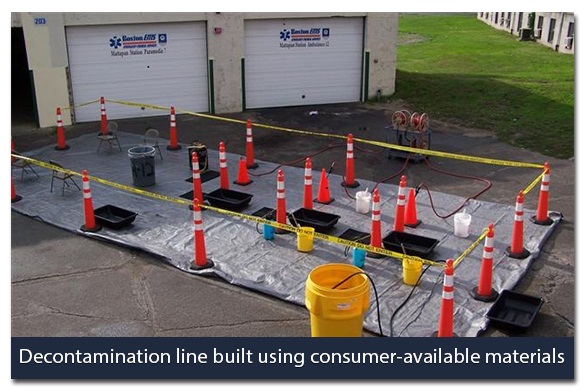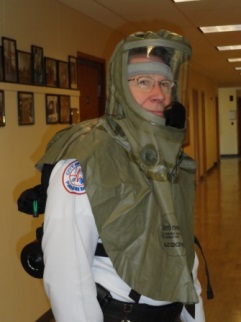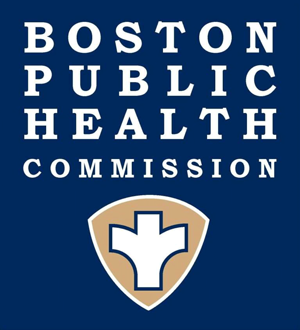Public Resources
Public Resources
Equipment & Training
1. Decontamination equipment
Inflatable or rigid decontamination units are available for purchase and cost thousands of dollars. However, simple basins and residential garden hoses can also be used and are just as effective. Tents have the advantages of sheltering from the weather, providing some modesty, and the accommodation of non-ambulatory victims.

2. Personal Protective Equipment (PPE)
 | Personal Protective Equipment (PPE) should be purchased to meet the expected threat based upon your Hazard Vulnerability Analysis. Respiratory equipment must be CBRNE approved by The National Insitute for Occupational Safety (NIOSH). Suits, gloves, and boots should be approved for chemical use by either OSHA or the National Fire Protection Agency (NFPA). Qualified instructors should train staff on when and how to use decontamination gear and personal protective equipment. Train using the actual equipment to be used wherever possible so that responders have a level of comfort and familiarity with the gear. As mentioned in the Maintain section of Building the Program, regular drills and functional exercises should also be held in order to retain skills involved in donning personal protective equipment as well as setting up the decontamination line, operating the line and safely doffing personal protective equipment. For a more detailed basic equipment list, jump to here. |
« Previous | Topic Home | Next »

